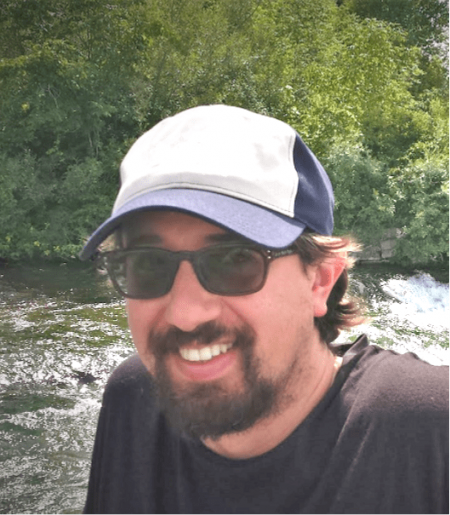Overview
My research combines the history of cartography, science and technology studies, geopolitics, environmental history and digital humanities.
Advisor: Ray Craib
Research Focus
My dissertation focus on mega-infrastructures, hydro-power, counterinsurgency, cartography and development programs in Latin America during the Cold War.
[Preliminary title of the dissertation:] Taming the Insurgent Tropical Landscapes: Cold War, Geographical Engineering and the Cartographies of Underdevelopment in Latin America (1960-1973). Advisor: Dr. Raymond B. Craib (rbc23@cornell.edu)
The “South American Great Lakes System” (SAGLS) was a geographical engineering project of the 1960s that was never implemented. Its goal was to “improve” the environmental, economic, social, cultural, and political landscapes of South America. The SAGLS aimed to connect —using nuclear excavation techniques, if necessary— the Amazon and other mayor rivers of the continent into a series of massive interlocked artificial reservoirs. By flooding allegedly unexplored jungles considered “scarcely inhabited” by “primitive” Afro-descendant and Amerindian populations, the SAGLS promised inexhaustible source of hydropower and an enormous navigable infrastructure. A prototype pair of interconnected and power-generating artificial lakes was surveyed -under official contracts- in the province of Chocó, in Colombia, to prove the scheme’s feasibility and to generate an interoceanic passage alternate to the Panama Canal.
Analyzing previously unexamined archival materials from half a dozen countries, including numerous cartographic documents, my work re-examines the type of geographical imaginaries produced in/from/about South America’s geography, nature, resources, populations, and futures.
By unearthing the cartographies of the SAGLS I contend that we can further analyze the links between engineering, counter-insurgency, mapping and development projects in the twentieth century. Also, how these were mobilized in the names of western civilization and security. My research re-evaluates, thus, the roles of technology, environment, and geopolitics in Latin American relationships with the U.S. and Europe during the Cold War, and de-centers traditionally one-sided narratives about North-South interactions.
Publications
[with Santiago Muñoz and Mauricio Nieto] “¿Cómo se hace un mapa? El caso del Atlas de José Manuel Restrepo”, Ensamblado en Colombia. Tomo 2. Ensamblando heteroglosias. Bogotá: Universidad Nacional de Colombia, 2013p, 293-310.
“Taylorismo, saberes expertos y tecnociencia”, Pensatiempos.Ensayos de Estudiantes de Historia, Bogotá: Universidad Nacional de Colombia, 2002, p. 119 -145.

